The exhibition Seeing the Unseeable: Data, Design, Art, running from September 19th, 2024, to February 15th, 2025, at the Art Center’s Alyce de Roulet Williamson Gallery, delves into the ways contemporary art responds to the impact of big data on daily life. Curated by Julie Joyce, Stephen Nowlin, and Christina Valentine, the show features over 16 artists and designers, including Refik Anadol, Iñigo Manglano-Ovalle, Mika Tajima, Fernanda Viégas, and Martin Wattenberg. This ambitious project is part of the Getty’s PST ART: Art & Science Collide initiative, which examines the intersection of art and science.
The exhibition is organized into three thematic categories: Data Humanism, Invisible Data, and Data Environments. Italian designer Giorgia Lupi, alongside Ehren Shorday, leads the Data Humanism section with a large-scale installation that humanizes data through visual art. Their piece, Incroci, uses personal life events from participants to create hand-painted canvases that highlight the emotional significance behind otherwise abstract data points. This approach aims to counter the impersonal nature of traditional data visualization.
In the Invisible Data section, Mimi Ọnụọha’s work confronts the hidden and biased nature of data. Her piece, The Library of Missing Data Sets, consists of empty file folders labeled with subjects that represent marginalized or overlooked communities, such as Black church fires, June 2015. The installation critiques how data collection can exclude certain groups, thus distorting reality. Another work by Ọnụọha, In Absentia, uses the style of W.E.B. Du Bois to address the erasure of Black life data, raising questions about who controls the narrative.
The Data Environments section focuses on climate change and Earth’s ecological state. Iñigo Manglano-Ovalle’s Cloud Prototype is a large-scale sculpture that visualizes data from thunderclouds, reflecting humanity’s interaction with nature. Meanwhile, Refik Anadol’s AI-generated piece California Landscapes: Generative Studies compiles images of natural landscapes to explore our evolving relationship with the environment in the age of digital technology. Read our conversation with Anadol to discover how he’s reshaping our perception of time and space through groundbreaking innovation.
Seeing the Unseeable offers visitors an opportunity to engage with art that reveals the unseen forces shaping our world, challenging them to think critically about the role of data in shaping both our present and future.
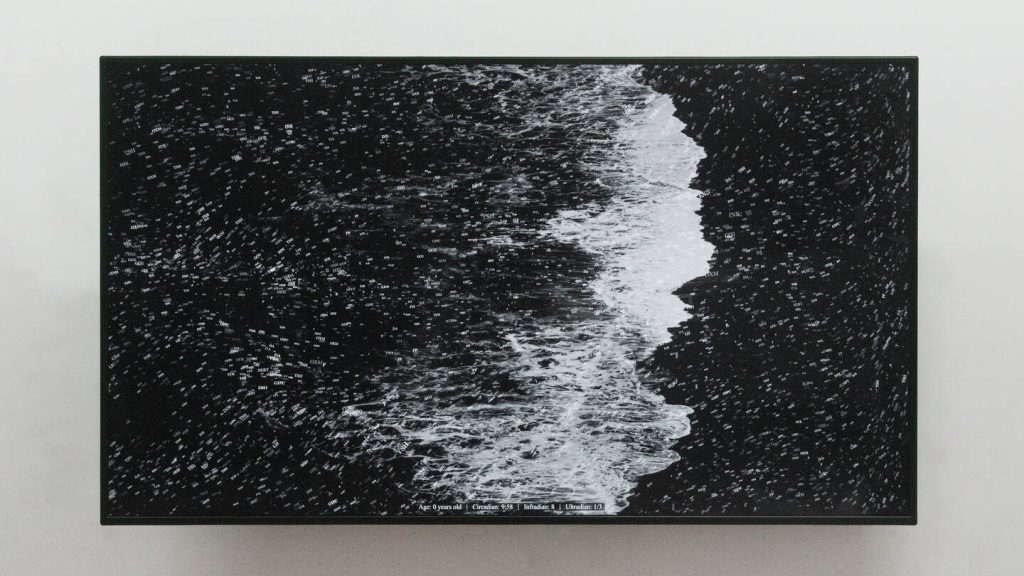
Hormonium, 2022
Collection of ARKIVE
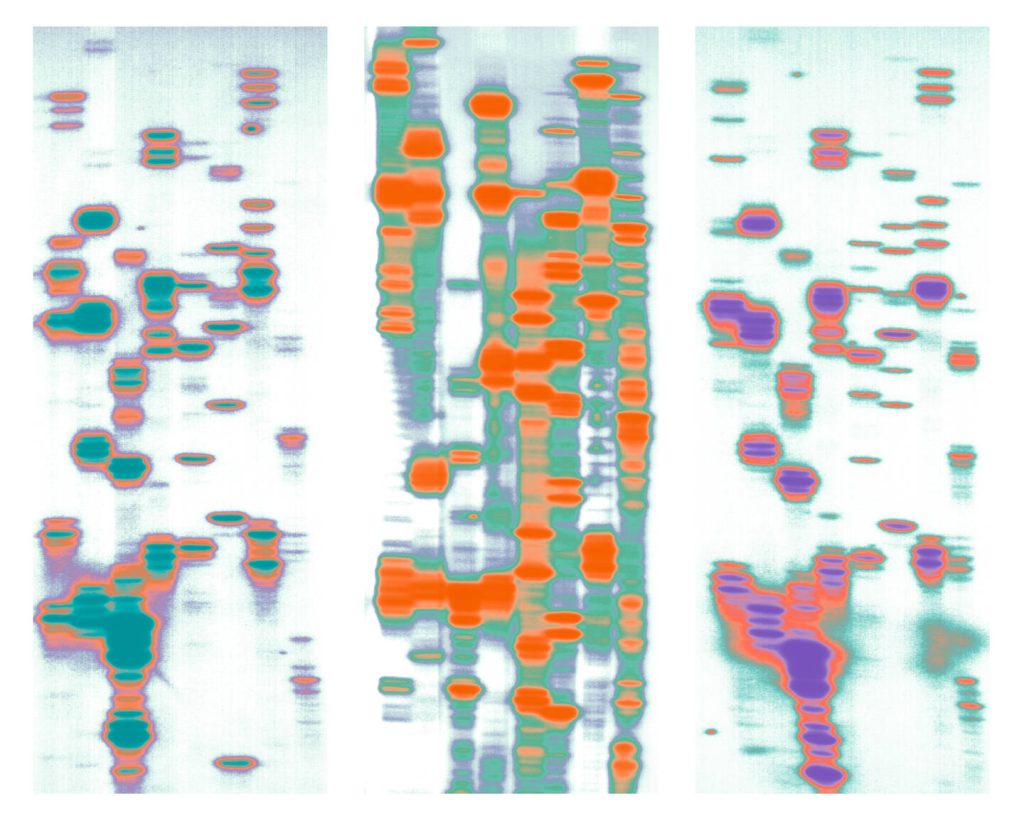
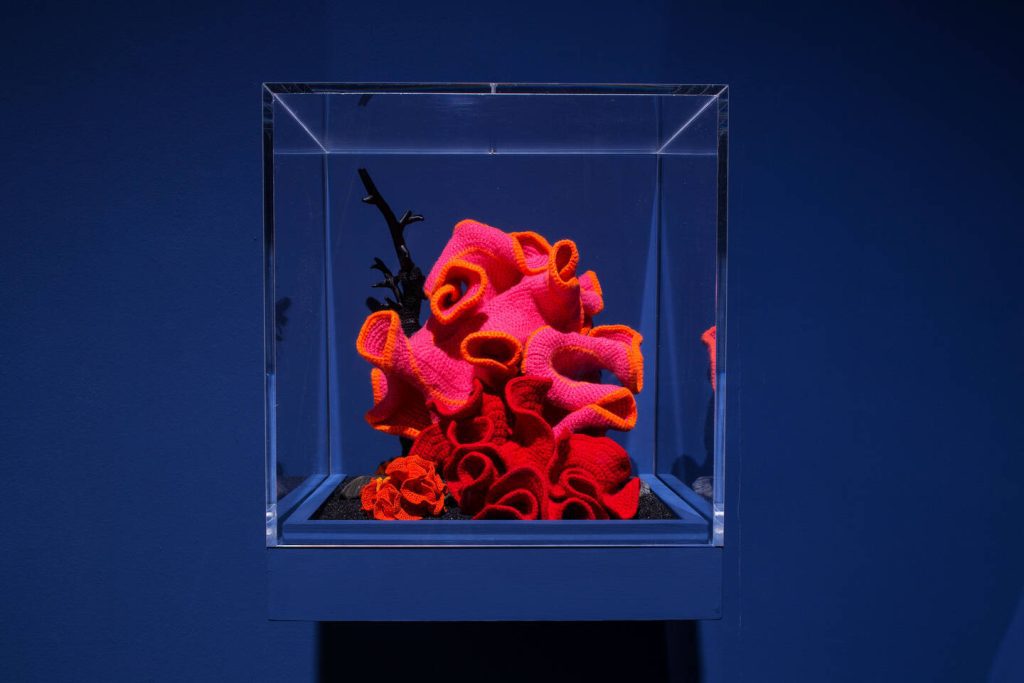
Pod Worlds, part of the worldwide Crochet Coral Reef project
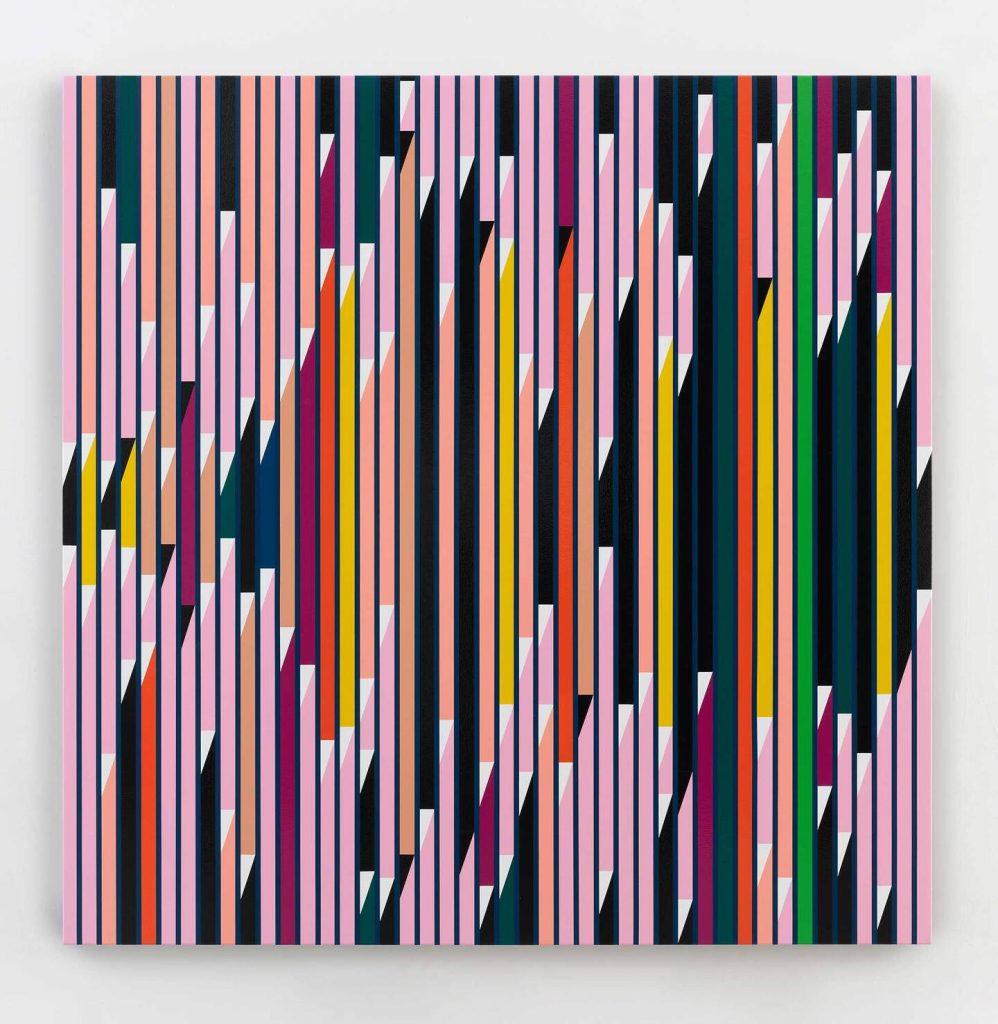
You Cannot Keep Love (Sound Graph), 2020
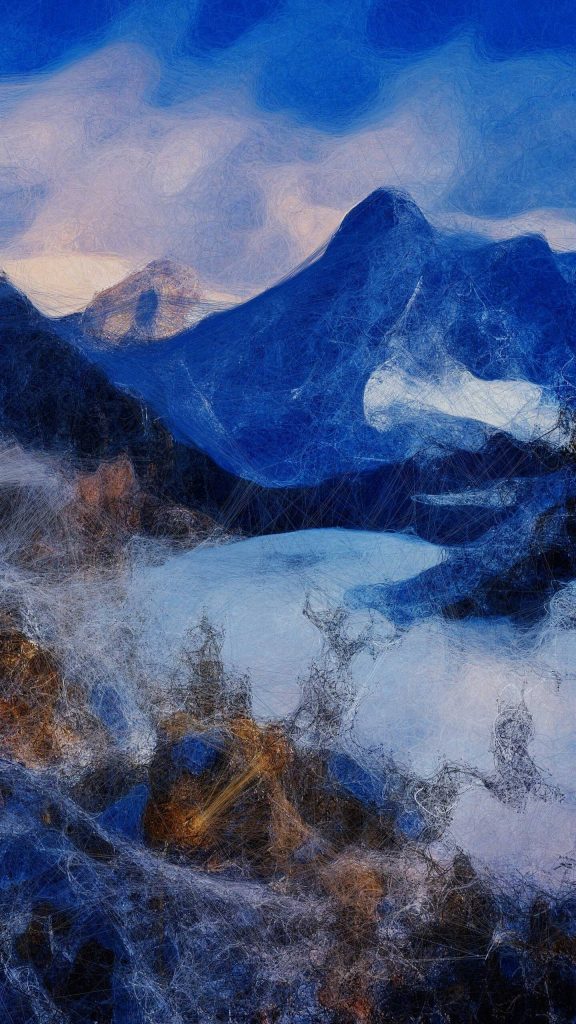
California Landscapes: Generative Studies C, 2023
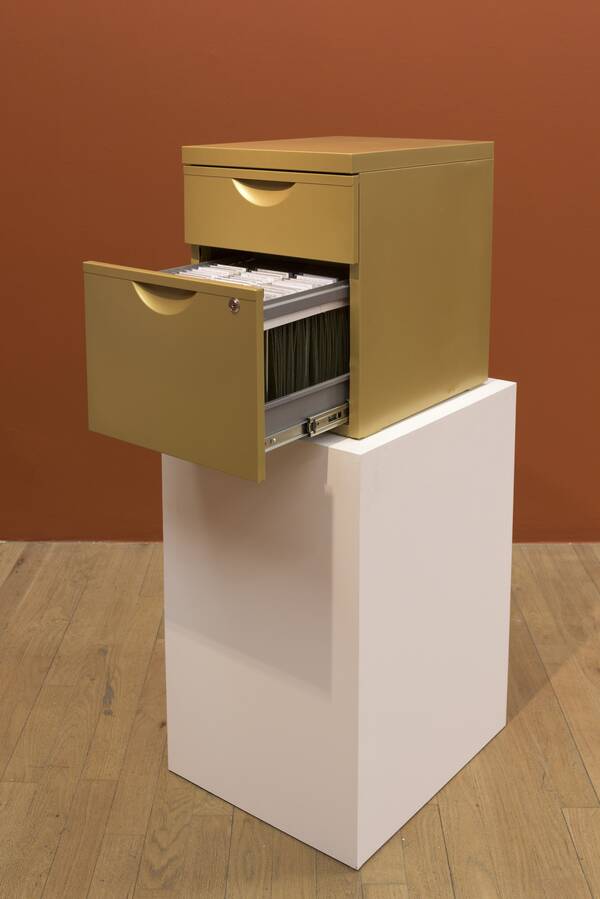
Detail of The Library of Missing Data Sets, 2016
Photography by EMILE ASKEY

